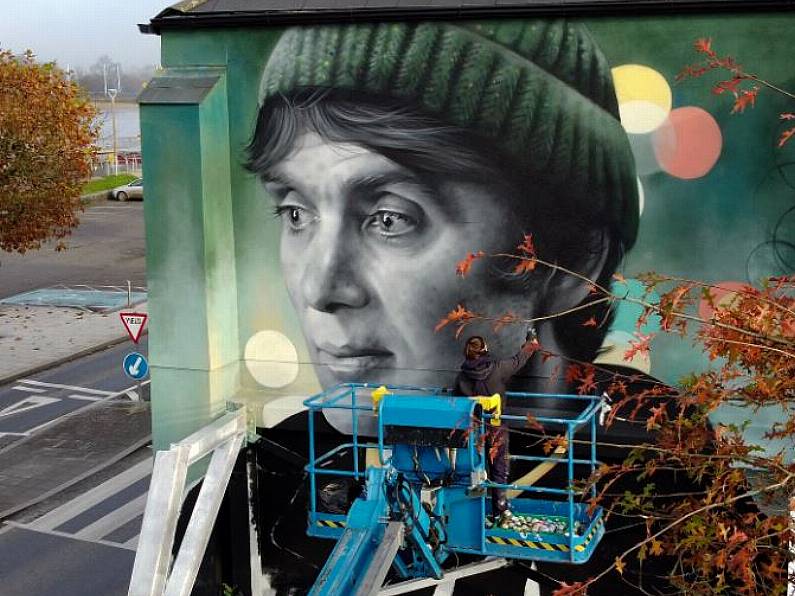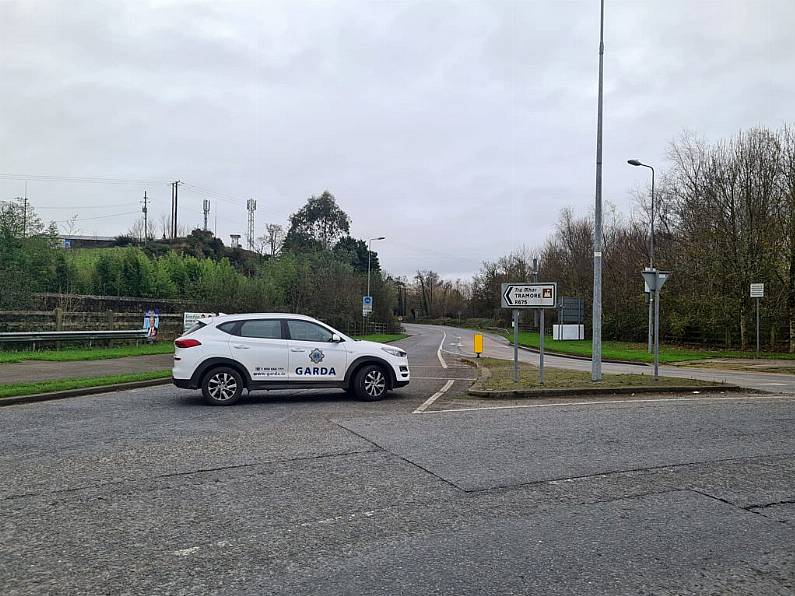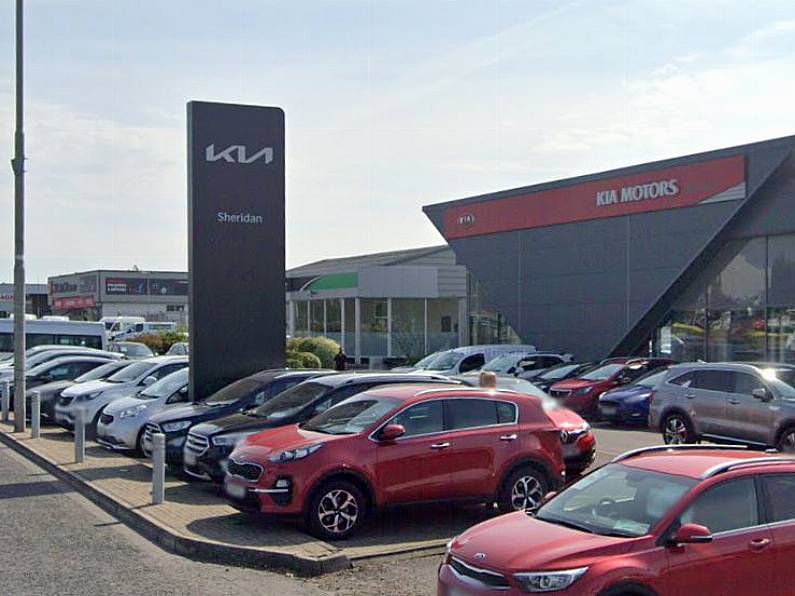The unemployment rate – including those on Pandemic Unemployment Payment (PUP) – stood at 14.7 per cent in September, according to figures from the Central Statistics Office. That is down from 15.3 per cent in August.
Breaking the figures down by age and gender, 36.5 per cent of those aged between 15 and 24 are receiving unemployment or PUP supports, compared to 12 per cent of those aged between 25 and 74 years.
Seasonally adjusted figures, also removing those on PUP, show an unemployment rate of 5.4 per cent for September, up from 5.2 per cent the previous month and from 4.8 per cent this time last year. The seasonally adjusted unemployment for those aged between 15-24 years is 18.9 per cent, compared to 3.8 per cent for those aged between 25 and 74 years.
The CSO notes in its statement that those benefitting from the Temporary Wage Subsidy Scheme (TWSS), having an attachment to their employer, continue to be classified as employed for the purposes of the statistics.
According to Jack Kennedy, economist at recruitment site Indeed: "Ireland’s labour market recovery so far has been impressive, bouncing back quickly from the record high Covid-adjusted unemployment rate of 28.2 per cent we saw in April, but there’s still a long way to go.
"While the continued decline is a welcome sign, the Covid adjusted rate still stands at 14.7 per cent, almost 10 percentage points higher than the standard rate this time last year.
“As the economy is now officially in recession, the upcoming Budget will be pivotal in determining how the labour market recovers”.
He says that we are seeing a ‘K-shaped recovery’, whereby those in better financial positions are less impacted than those less well off.
“This strongly correlates to those who can work from home, often higher paid jobs, and those whose work requires a physical presence, often jobs at the lower end of the pay scale,” he said.
“The resilience of sectors like pharmaceuticals and technology have helped soften the shock to the economy here. However small and medium enterprises may need more labour support measures, as they employ 70 per cent of the workforce in Ireland.”






